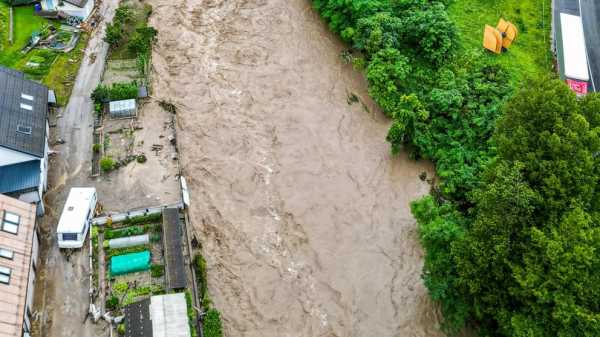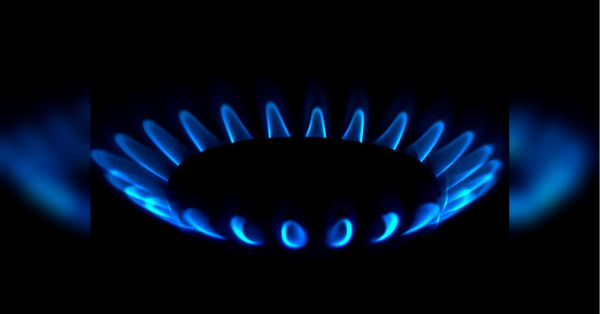
LJUBLJANA, Slovenia — Torrential rains and heavy floods ravaged Slovenia on Friday, killing at least three people, cutting off roads and bridges and surging into buildings. Slovenia's prime minister described the devastation as “catastrophic.”
The Slovenian environmental agency raised the weather alert to the highest level after a month's amount of rain fell within 24 hours in the northern, northwestern and central parts of the small European country.
As rain continued to fall Friday, authorities warned of more floods in other areas because of swiftly swelling rivers.
“We can already say that this a record flood," Prime Minister Robert Golob said at a news conference after cutting short his vacation because of the floods. Golob said the floods could be the biggest since Slovenia became independent in 1991.
“The scale is catastrophic. We are asking for all the help we can get,” he said. “I am calling on everyone to stay at home unless it's absolutely necessary to go out.”
Authorities in Celje ordered evacuations of around 4,000 people, roughly one tenth of the town's population as the surging Savinja River overflowed its banks. Upstream in the town of Ljubno, the same river swept away houses and caused landslides.
Northern Slovenia's Koroska region, bordering Austria, was hit the hardest, with bridges and roads destroyed and the water supply cut off in some areas.
Local authorities asked the Austrian government to stand ready to provide hospital care for Slovenians, if needed. The main hospital in Slovenia's capital, Ljubljana, said it was operating on alert mode and told people only to come in for urgent reasons.
Slovenian police told the official STA news agency that three people have died since the extreme weather started on Thursday evening. A Slovenian woman died in the central town of Kamnik, where overnight flooding blocked roads and authorities closed kindergartens for the day. Two Dutch nationals died in a mountainous area near the city of Kranj.
“The death in Kamnik could have been caused by flooding, while the deaths in the mountains could have been caused by a lightning strike," police official Maja Adlešič Ciperle said. “The circumstances of the deaths are still being established.”
Photos in local media showed submerged cars, cracked roads and entire villages flooded. Rescuers could be seen carrying out children from a blocked kindergarten while helicopters lifted people who climbed onto the roofs of their flooded homes.
Army soldiers helped emergency personnel in the recovery effort.
"I urge all those who don’t have an urgent errand to run to stay at home and not to drive anywhere,” Defense Minister Marjan Sarec said.
President Natasa Pirc Musar expressed condolences to the families of the people who died. She advised citizens to “stay connected and support and help each other in these challenging times, and take care of older people and other vulnerable individuals who need our help and support.”
Several severe storms in the Alpine nation earlier in the summer blew off roofs, downed thousands of trees and killed one person in Slovenia and four others elsewhere in the region.
Experts say extreme weather conditions are partly fueled by climate change. Parts of Europe saw record heat and battled wildfires during the summer.
Authorities closed a section of a main freeway to traffic and sought to direct vehicles passing through Slovenia to neighboring Italy or Austria. The state highway agency DARS said “all trapped drivers and their passengers should wait for the emergency teams and follow their instructions.”
About 16,000 households were left without electricity, STA said. Bad weather also disrupted rail services, and the country's main, NLB bank, said its offices in flood-hit areas would remain closed.
Landslides were reported in the northwestern Slovenia's Gorenjska region. Regional civil protection commander Klemen Smid said the “entire Gorenjska is under water.”
More than 100 buildings, including a sports hall, were flooded in the central area around the town of Skofja Loka where roads were blocked and landslides threatened to cause further damage, STA said.
The Administration for Civil Protection and Disaster Relief recorded more than 1,000 weather-related incidents within 12 hours across the country, STA said.
Firefighters pumped water from flooded buildings throughout the night, rescued flooded vehicles, removed debris from under bridges and secured landslide areas, the administration said.
Sourse: abcnews.go.com






